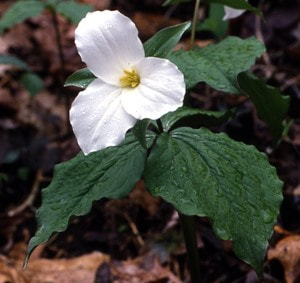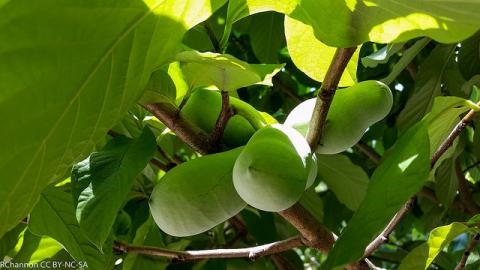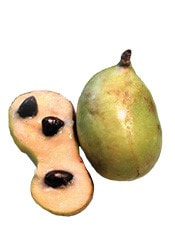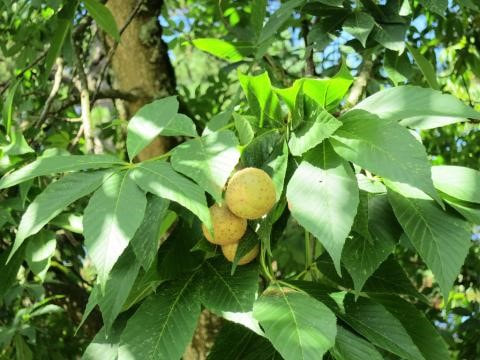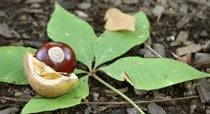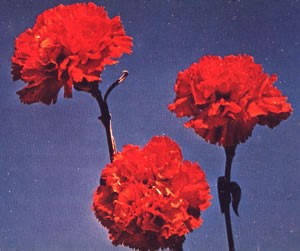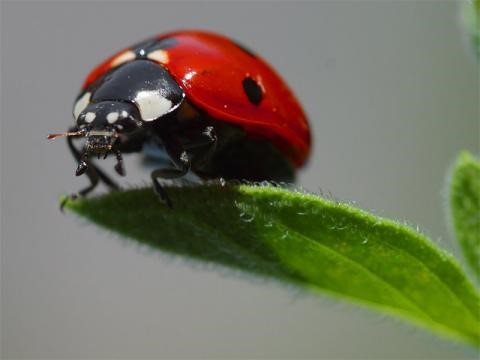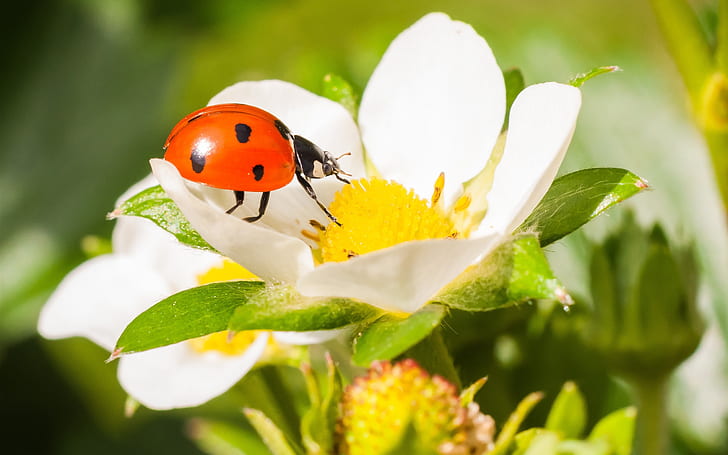|
3/31/2020 April is Ohio Native Plant Month! The white Trillium, and other Ohio State Symbols, that Are Also Native Plants!Read NowStarting in kindergarten, Ohio students begin learning about the importance of national and state symbols. Here in Ohio, we have many state symbols of significance. From the Ohio state wildflower the White Trillium to the state native fruit the Pawpaw, here are some fun facts about Ohio state symbols that are also valuable native plants!
6 Comments
 As we celebrate the legacy of Aldo Leopold, the father of wildlife ecology in the United States, I wanted to share an amazing resource for teachers: The Leopold Education Project. The LEP is an interdisciplinary environmental education curriculum. Targeted mainly to middle school and high school students, it can also be adapted for use with families, adults, and elementary age children. Its goal is to create an ecologically literate citizenry by heightening student awareness of the natural world; fine-tuning the skills necessary to read the landscape; and instilling a love, admiration, and respect for the land so that each individual may develop a personal land ethic. The objectives of the Leopold Education Project are:
The LEP curriculum is distributed by a volunteer network of State Coordinators, who organize workshops to train formal and non-formal educators throughout the country. LEP State Coordinators also have access to discounted rates on the LEP curriculum, so workshops are an excellent (and economical) opportunity to add Leopold’s land ethic to your teaching toolbox. To learn more and to find a state coordinator or purchase this LEP curriculum, visit The Aldo Leopold Foundation. |
Details
Author:
|
|
|
Contact:PHONE: (513) 695 - 1337
EMAIL: [email protected] HOURS: Monday - Friday 7:30am - 4:00pm (except holidays) Connect:Warren County Soil & Water Conservation District Copyright © 2016
Warren SWCD Privacy Notice. Emails are serviced by Constant Contact. Constant Contact's Privacy Notice. |
